|
 Along
with
subject, the quality and direction of light is a primary concern in
photography. Harsh noon-day sun is difficult to deal with, and very dim
light can lead to noisy high-ISO images. But, what is the best light for
nature and landscape photography? What about other popular outdoor subjects, such as
portraits? travel? architecture? And many others. Herein we relate our thoughts on
lighting conditions for landscape, architecture, portrait and nature
photography, especially wildlife and most especially birds. Needless to say,
there is no one solution, and many approaches can work depending on subject
and intentions, resulting in pleasing images. So, this is more a statement
of personal preferences rather than a list of “thou shalts." Along
with
subject, the quality and direction of light is a primary concern in
photography. Harsh noon-day sun is difficult to deal with, and very dim
light can lead to noisy high-ISO images. But, what is the best light for
nature and landscape photography? What about other popular outdoor subjects, such as
portraits? travel? architecture? And many others. Herein we relate our thoughts on
lighting conditions for landscape, architecture, portrait and nature
photography, especially wildlife and most especially birds. Needless to say,
there is no one solution, and many approaches can work depending on subject
and intentions, resulting in pleasing images. So, this is more a statement
of personal preferences rather than a list of “thou shalts."
Coincidentally, the inclusion of "natural light" in the title does not
exclude the use of flash, especially exposure compensated fill flash when
appropriate. Rather, it refers to outdoor conditions where natural
illumination is a primary source of light -- for either all or part of the
composition.
Natural Light for Wildlife and Birds
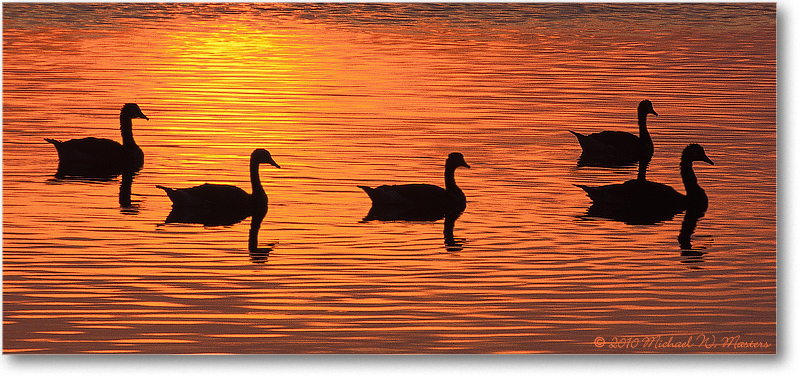 There is a sentiment that full frontal sun -- either
early morning or late afternoon, but not noon-day -- is the best lighting
for birds. According to some, anything less is simply not image-worthy –
unless it is to be a silhouette. We agree with this viewpoint for many
subjects, but not for all. As a positive example, consider a bird in still
water under a
clear sunlit sky. Full frontal sun (“point your shadow at the
bird") is almost guaranteed to produce outstanding images. Full sun makes
the plumnage colors pop off the screen, and the reflection of blue sky off
the water provides a gorgeous backdrop. Depending on magnification and
distance to subject, including the bird's reflection in the composition can
add drama to the image. There is a sentiment that full frontal sun -- either
early morning or late afternoon, but not noon-day -- is the best lighting
for birds. According to some, anything less is simply not image-worthy –
unless it is to be a silhouette. We agree with this viewpoint for many
subjects, but not for all. As a positive example, consider a bird in still
water under a
clear sunlit sky. Full frontal sun (“point your shadow at the
bird") is almost guaranteed to produce outstanding images. Full sun makes
the plumnage colors pop off the screen, and the reflection of blue sky off
the water provides a gorgeous backdrop. Depending on magnification and
distance to subject, including the bird's reflection in the composition can
add drama to the image.
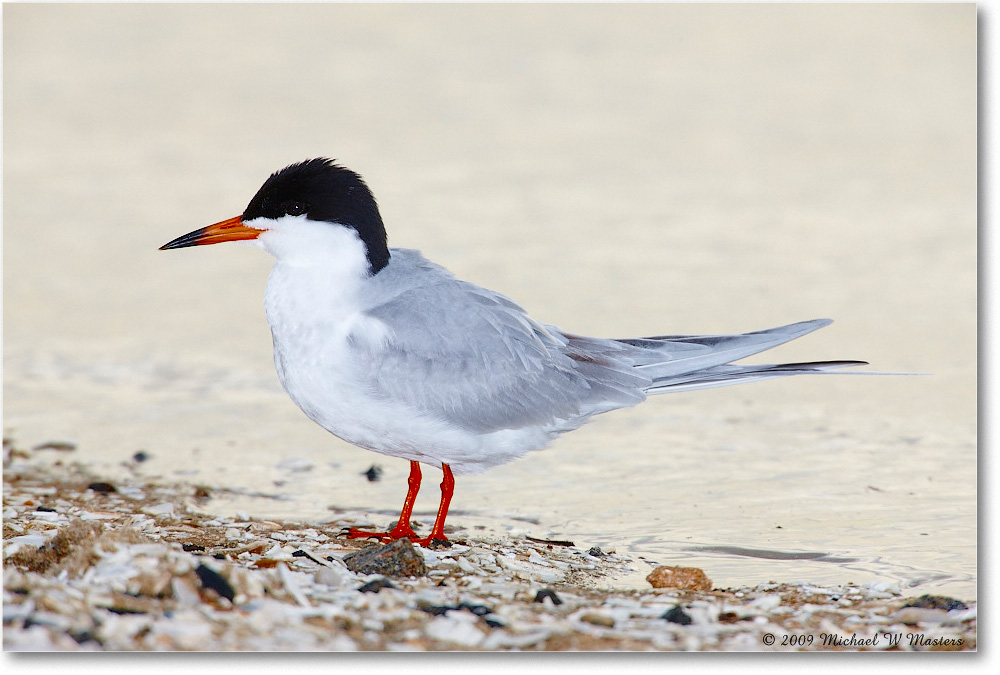 There is another full sun case that merits discussion, that is a completely
backlit scene. While one can produce dramatic
silhouettes in this situation, there is also the possibility of using
flash
to produce successful and striking images as well. In this case, the
flash becomes virtually the primarly light source for the subject while the
background is exposed for ambient. This will require a careful
balancing of foreground flash and background exposure compensation -- and
perhaps a bit of experimentation as well -- but the results can be very
worthwhile. There is another full sun case that merits discussion, that is a completely
backlit scene. While one can produce dramatic
silhouettes in this situation, there is also the possibility of using
flash
to produce successful and striking images as well. In this case, the
flash becomes virtually the primarly light source for the subject while the
background is exposed for ambient. This will require a careful
balancing of foreground flash and background exposure compensation -- and
perhaps a bit of experimentation as well -- but the results can be very
worthwhile.
Moving
on from full sun in open air, there is the question of small song birds in
wooded locations. What then?
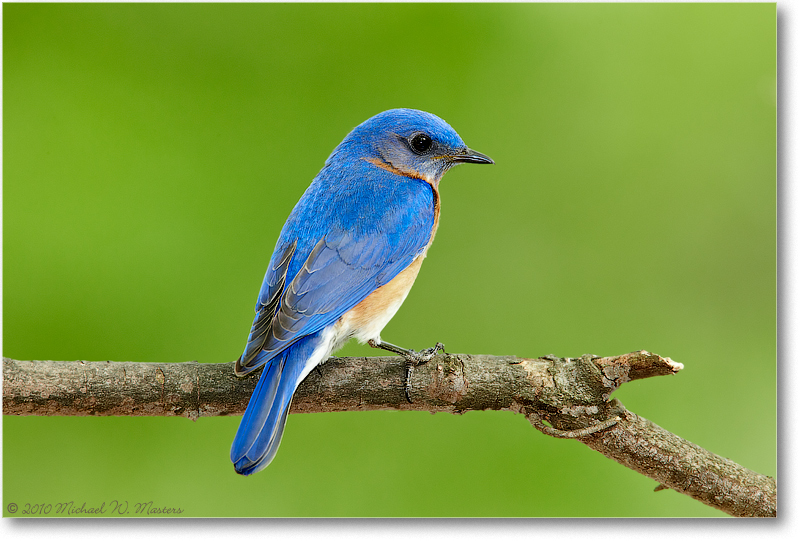 In the latter case, the subject is likely
to be shadowed by the surrounding foliage, and illumination can be quite
low. In these circumstances, fill flash can produce positive results. But
still, what about the overall sun and sky conditions filtering down from
above? With full sun, all too often the background can assume a distinctly
dappled appearance, full of hot spots that cannot be eliminated, even with
long telephoto lenses. In my experience, most times an overcast sky is more
likely to lead to a pleasing background. Of course, heavy overcast may not
leave enough light for sufficient shutter speed at a tolerable ISO, but for
a modestly bright overcast sky the background will be a pleasing and
non-intrusive blur and the color rendering will not be so cool as to spoil
the image. In the latter case, the subject is likely
to be shadowed by the surrounding foliage, and illumination can be quite
low. In these circumstances, fill flash can produce positive results. But
still, what about the overall sun and sky conditions filtering down from
above? With full sun, all too often the background can assume a distinctly
dappled appearance, full of hot spots that cannot be eliminated, even with
long telephoto lenses. In my experience, most times an overcast sky is more
likely to lead to a pleasing background. Of course, heavy overcast may not
leave enough light for sufficient shutter speed at a tolerable ISO, but for
a modestly bright overcast sky the background will be a pleasing and
non-intrusive blur and the color rendering will not be so cool as to spoil
the image.
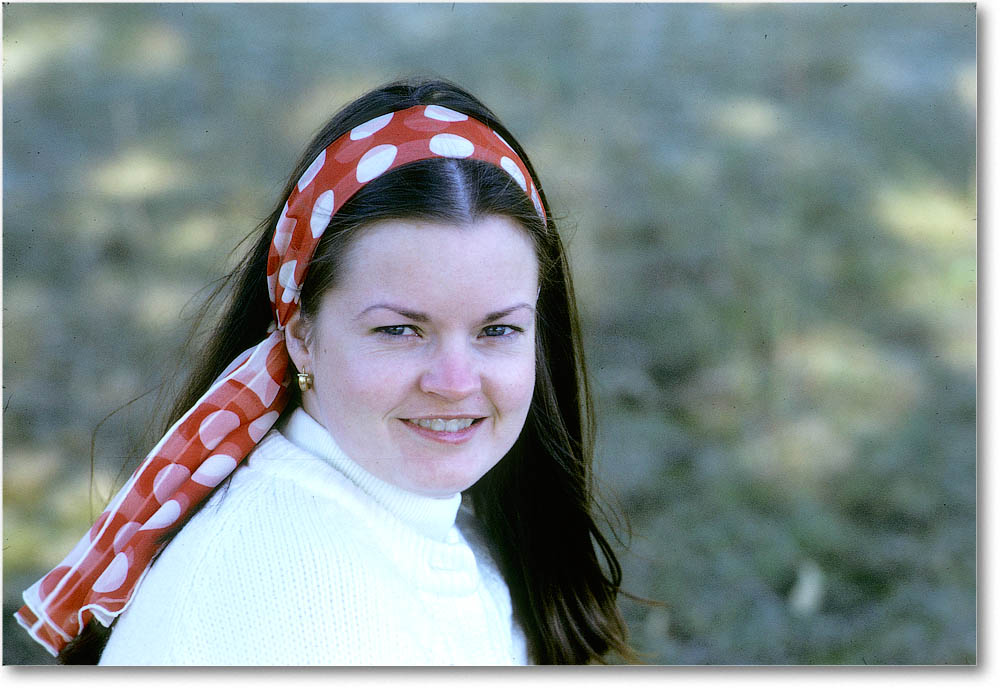 To
some degree, the same comments also apply to outdoor portraiture. The key is
to avoid bright hot spots in the background – although in the case of
portraiture a bit of rear rim light catching the hair is a distinct
advantage if it can be managed. Judiciously applied flash fill can be
very effective in either circumstance. The flash brings up the
exposure of any lingering shadows as well as providing a catchlight in the
subject's eyes. To
some degree, the same comments also apply to outdoor portraiture. The key is
to avoid bright hot spots in the background – although in the case of
portraiture a bit of rear rim light catching the hair is a distinct
advantage if it can be managed. Judiciously applied flash fill can be
very effective in either circumstance. The flash brings up the
exposure of any lingering shadows as well as providing a catchlight in the
subject's eyes.
Landscape and Architecture
 So then, what about
landscape and architecture? One would think the rule of full frontal sun
and a clear blue sky would apply there as well. And certainly, there is nothing wrong with this
approach, especially if the subject and the illumination are such that there
are no deep shadows in the image. If the scenery is noteworthy, the
resulting images should be equally so. But, is there another approch that
will also work? So then, what about
landscape and architecture? One would think the rule of full frontal sun
and a clear blue sky would apply there as well. And certainly, there is nothing wrong with this
approach, especially if the subject and the illumination are such that there
are no deep shadows in the image. If the scenery is noteworthy, the
resulting images should be equally so. But, is there another approch that
will also work?
The
answer to that question is that clouds in the sky can notably enhance the
composition -- if the range of scene highlights and shadows does
not exceed the dynamic range of the capture device. In the latter
case, a
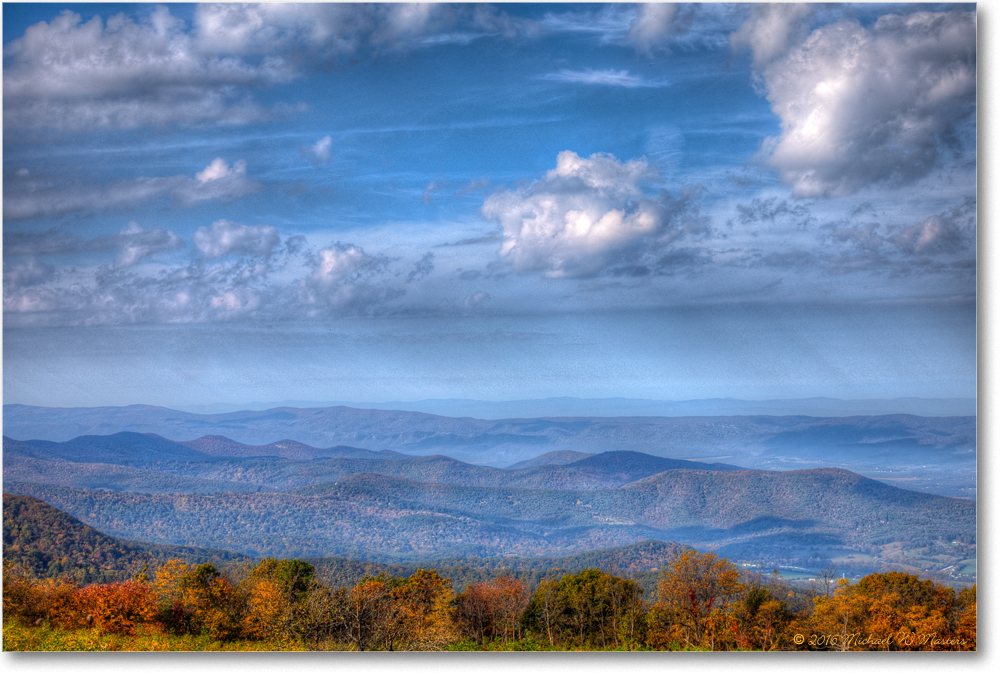 judicious choice of bracketing and HDR processing may yield pleasing
results. judicious choice of bracketing and HDR processing may yield pleasing
results.
Often many approaches will yield positive results.
For example, I often composition bracket, employing different perspectives
and frame orientations (horizontal vs. vertical) in order to provide
after-the-fact flexibility. On occasion, one can also apply HDR
processing to a single image with success. In the final analysis, how
one approaches each opportunity is a matter of personal creative choice.
There are no right and wrong answers; only varied interpretations of a
particular subject and scene.
|




